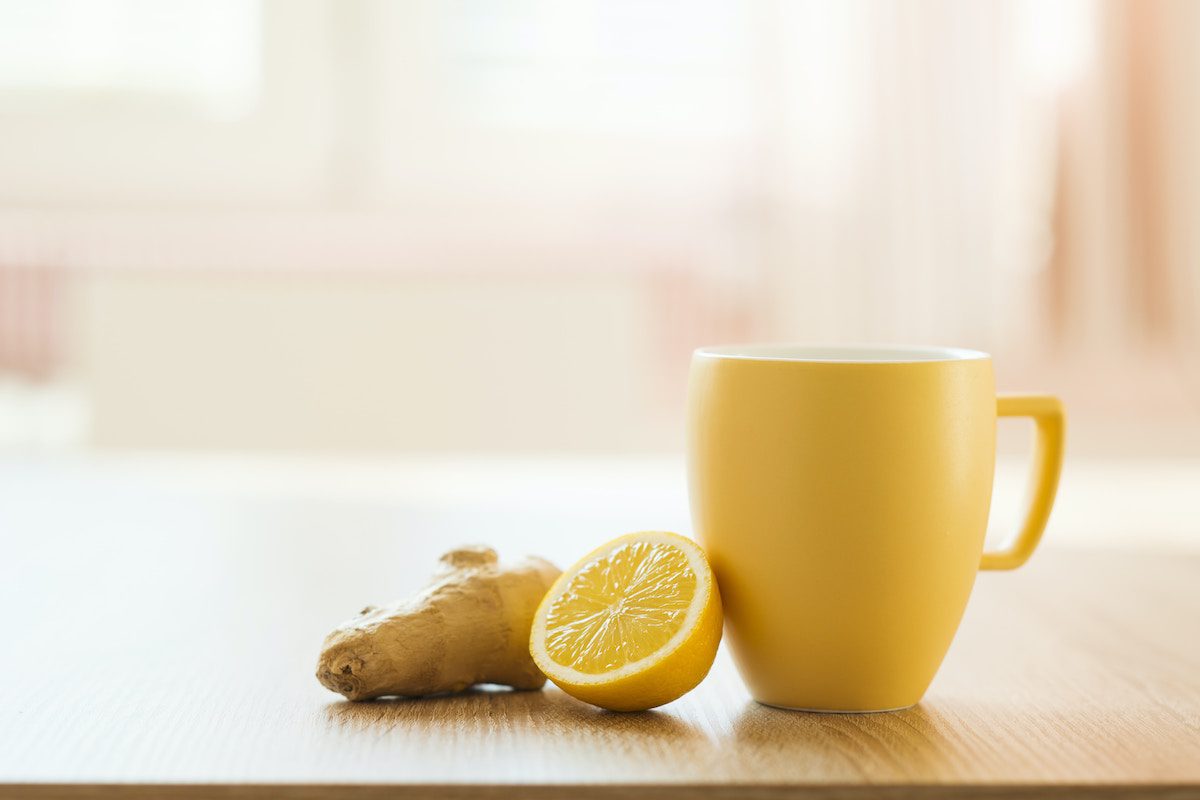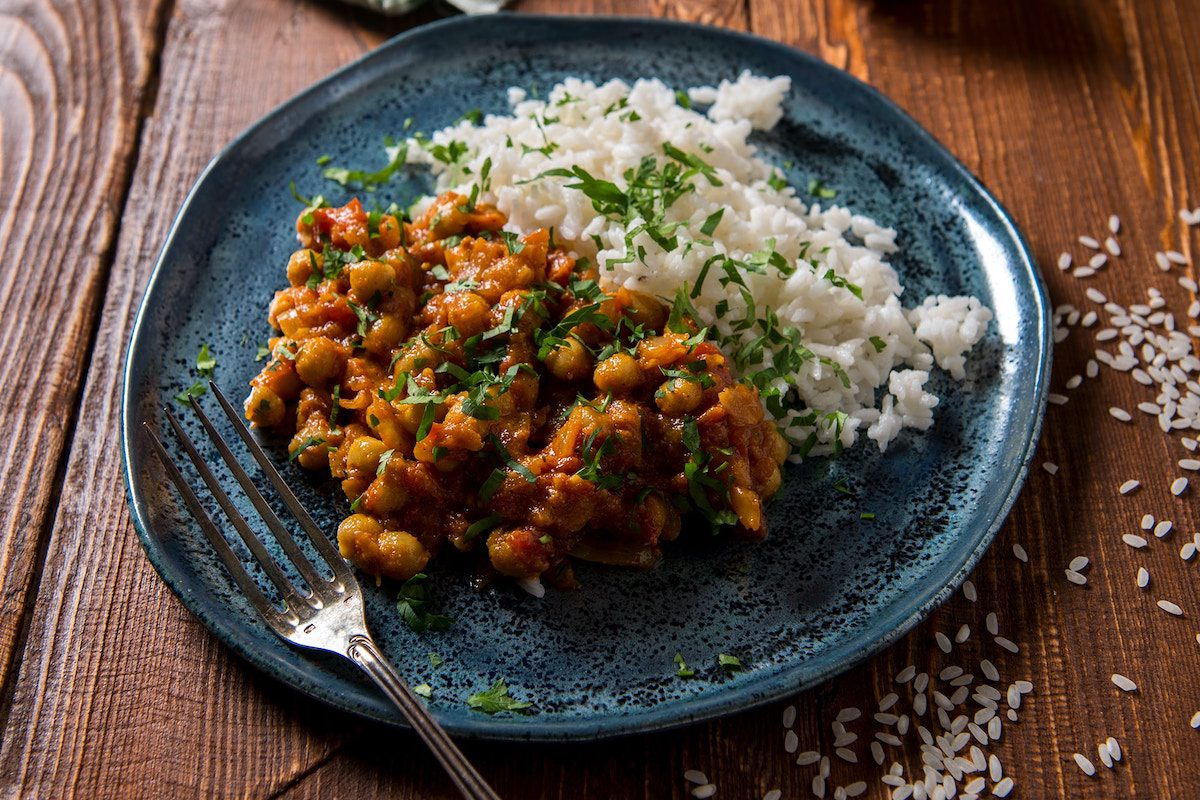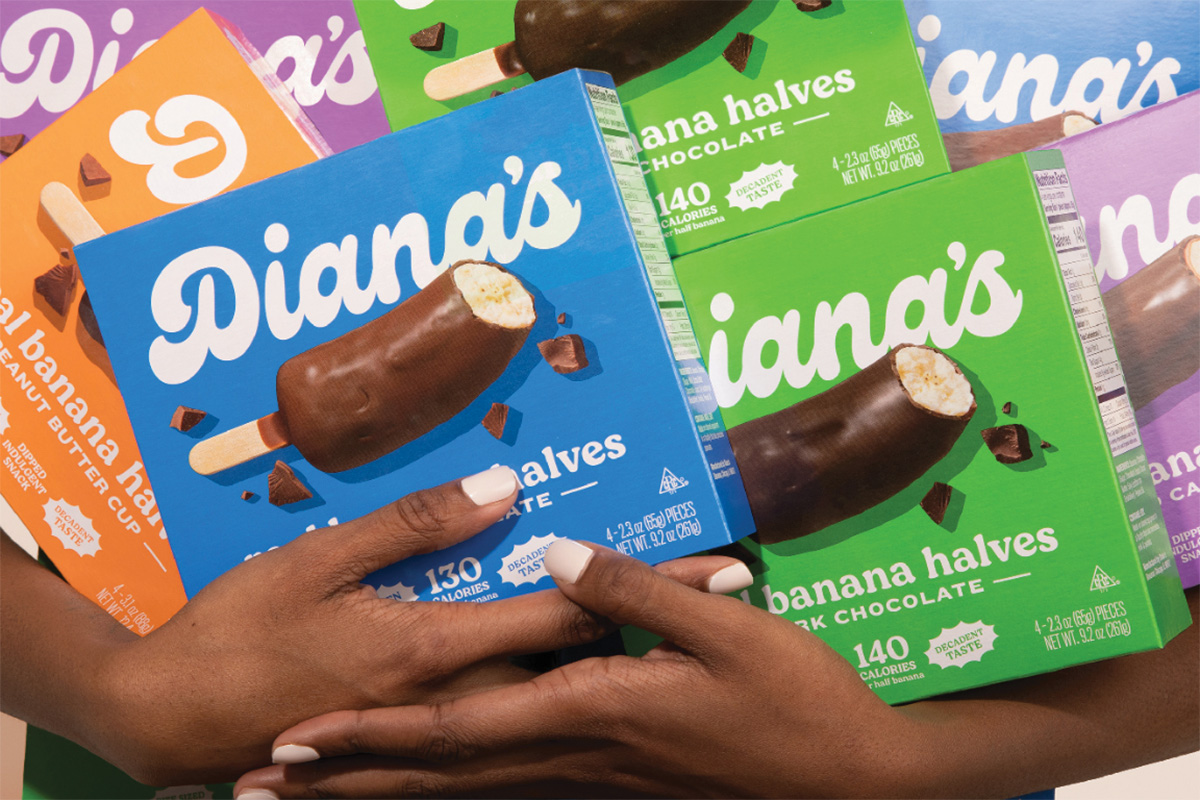A Guide to Homemade Jams and Jellies
Jams and jellies are a delicious addition to bagels, biscuits, scones and toast. Let’s not forget the classic combination of peanut butter and jelly. Unfortunately, many fruit-based compotes, jams, jellies and spreads are laden with artificial ingredients including excess sugar.

Although sugar is a natural part of the jam and jelly making process, most jam recipes and jelly recipes have enough added sugar to begin with. So, it’s important to look at labels and select a brand that is low in sugar while also paying attention to other ingredients like artificial colors, dyes, flavors and sweeteners. (And if you’re wondering what the difference is between jam and jelly, it’s this: jams are primarily made of fresh fruit, while jellies are made from fruit juice.)
An easier way to select a jam or jelly is to simply get your Martha Stewart on and make your own DIY-version instead.
Danielle Keith, certified holistic health coach, vegan recipe blogger and the founder of HealthyGirl Kitchen, says, “Making homemade jam is cheaper than store-bought, it’s healthier because you can control the amount of sugar you add and you can make it with cleaner ingredients. Fresh, homemade jam also has higher antioxidant content and making homemade jam just tastes so much fresher too.”
Ready to start? Here’s a simple guide on how to make your own jams.
How to make your own jam
Step #1: Select fruit and/or fruit combinations
Most fruits can be repurposed into a jam recipe, but since jams and jellies need a thickening agent to reach that gel-like consistency, consider using fruits that are naturally high in pectin like apples, blackberries, cranberries, pears and plums. However, you can also use other fruits that aren’t high in pectin like:
- Blackberries
- Blueberries
- Cherries
- Cranberries
- Currants
- Mango
- Oranges
- Peaches
- Plums
- Raspberries
- Rhubarb
- Strawberries
If you are worried about your fruit selection not creating a thick jam or jelly, simply add some chia seeds, which act as a great alternative thickening agent.
Melissa Macher, Registered Dietitian & Owner of Grateful Meal Nutrition says, “I love using chia seeds in my homemade jams – it acts as a thickener and adds an extra boost of nutrition in the form of omega-3 fatty acids and fiber.”
Step #2: Rinse and cut
Once you have chosen your desired fruit or fruit combinations, rinse the fruit in cool water then cut into pieces. Depending on the fruit and its size, you can either cut the fruit into halves or fourths. Chef’s choice!
Step #3: Add sugar and blend
Once your fruit is prepared, add it to a blender or food processor with your choice of sugar. You can use traditional table sugar or if you are looking for a different option, you can also use brown rice syrup, coconut sugar, honey or maple syrup – basically any natural sweetener you enjoy. For every cup of fruit you use, add one tablespoon of your sweetener of choice.
Step #4: Boil
Once the fruit and sugar are combined, place it in a medium sized pot placed over a medium heat. Let boil for 20 minutes, stirring on occasion. After 20 minutes, reduce heat and continue to stir for an additional 10-15 minutes as the jam or jelly thickens.
You will see big bubbles form as you begin to boil the fruit, but as the mixture continues to boil, the bubbles will appear smaller, which is a sign the mixture is near done.
Step #5: Jar and store
Once the jam or jelly is at the desired consistency, let the jam or jelly fully cool then place in clean reusable jars like Mason jars. Cover with a tightly sealed lid then place in the fridge or freezer to enjoy at your leisure. Before refrigerating or freezing, Keith recommends adding a squeeze of fresh lemon juice, which acts as a natural preservative and helps the jam last longer.
Tip: Homemade jams and jellies can keep in the fridge for several weeks, but can last up to several months when stored in the freezer.
Homemade jams and jellies are way easier to make than you think. The next time you find your favorite fruits that are well past their prime, consider repurpose them into a homemade jam recipe.
Looking for more information on homemade jams and jellies? Check out the National Center for Home Food Preservation.












